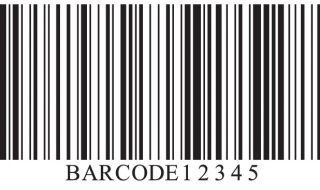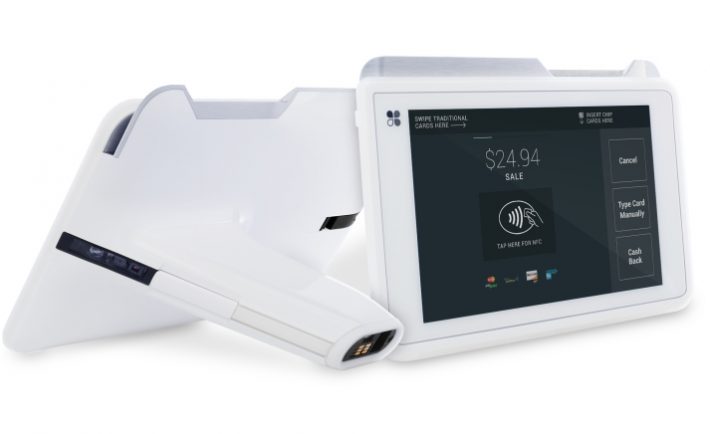
The world of mobile business is seeing explosive growth, and no one is surprised. Why should they be? The gradual increase in technological prowess, well, it’s not very gradual anymore, continues to bring more personalized, accessible options to the everyday consumer, and the everyday businessman is just now joining in on the fun. For example, the growth of smartphone and tablet-based purchasing options are now bearing a significant weight on Black Friday and Cyber Monday sales, according to Tech Crunch. In fact, mobile sales totaled over a fifth of the total online sales on that day, millions upon millions of dollars’ worth.
Phonebloks Project Ara Update, Google’s Crazy Modular Phone
The trend towards mobile also includes destruction, that is, destruction of old business processes as they evolve into newer and newer methods. Gone are static models of customer outreach, and more and more options are meeting customers halfway. Today’s successful small business practice takes account of this shift, utilizing various tools and products that now form a formidable host of business options for mobile and other platforms. The future should only see growth in this sector, but the present is pretty impressive as it stands today.
Statistics
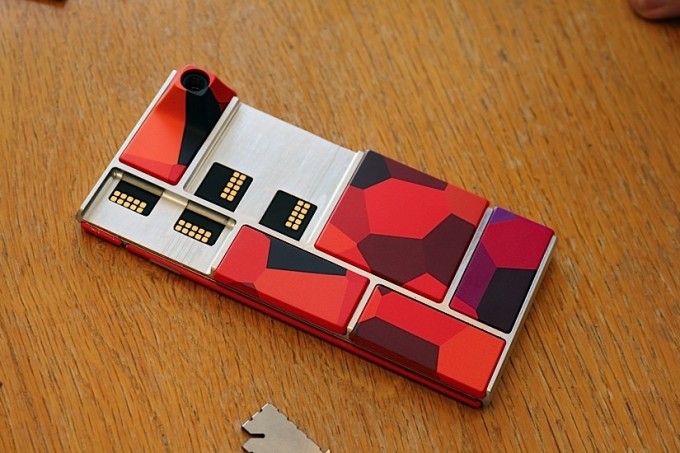
Five questions for the creator of Google’s modular smartphone
Ever since the arrival of Apple’s iPhone, people have taken a completely interactive viewpoint with technology, to the point that most technological functions are now fully integrated into the day to day life of the typical American. And this base continues to grow with the rising economy. As Gartner predicts, mobile sales, encompassing tablet, ultra mobile devices, and others, should grow nearly 5 percent in 2014, and further growth is expected in the following years. This means that more and more people will be used to dealing with small, versatile devices for a host of functions. From entertainment to messaging to business, smartphones and similar devices are taking over the landscape. Soon, they will be the norm.

Tech Trends 2014
Javelin, another major research firm, conducts surveys and compiles predictions for business and tech questions that will affect a majority of the US economy. Given the current mobile climate, a good amount of these predictions have focused on the future of mobile payment options. These are differentiated from online marketplaces that are accessed by customers using mobile devices. Mobile payment refers to a specific type of transaction, one that has taken place in static terminals for over half a century. These are POS Sales.

Square Reader for Accepting Payments via iPhone, iPad and Android
POS stands for Point of Sale. Typically, this is the cash register in a checkout lane. Point of Sale technologies came about in the late fifties, and they revolutionized the supermarket and merchandising sectors forever. Originally very expensive, these computers now typically retail for about $4000, still a decent amount of money. This amount is enough to scare away most small business owners, leaving POS systems firmly in the hands of major firms. This creates a sort of business stratification, where the only firms able to reach a client base are massive and already possess vast resources. These sorts of businesses, however, do not represent the full spectrum of the market, and especially not the personalized and mobile marketplace of the future.
Tools
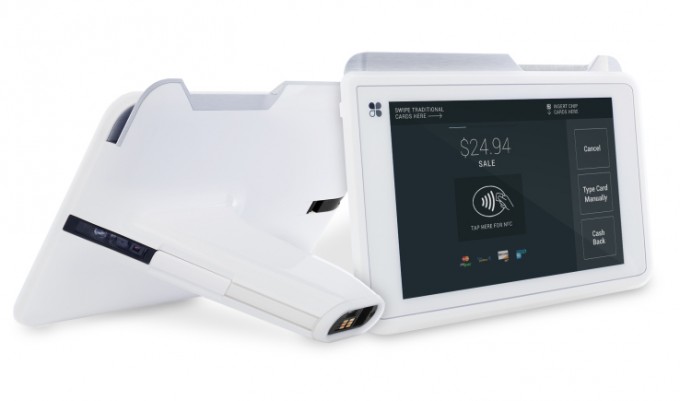
First Data Debuts Clover Mobile, A Wireless, Tablet-Based Point-Of-Sale
That’s where technology comes in. Technology acts as a democratizing force, counter to the stratification of current business climates. This democratization is nowhere more evident than in the emergence of mobile POS options. These include card readers that plug into tablets and smartphones, utilizing already existing, and increasingly common, hardware and using it for a practical purpose. Other interesting devices include barcode printers, USB compatible cash drawers, and more. Companies like Shopify are leading the charge in the development of such goods. These products promise to level the playing field for small, mobile companies who seek to match customer demand.
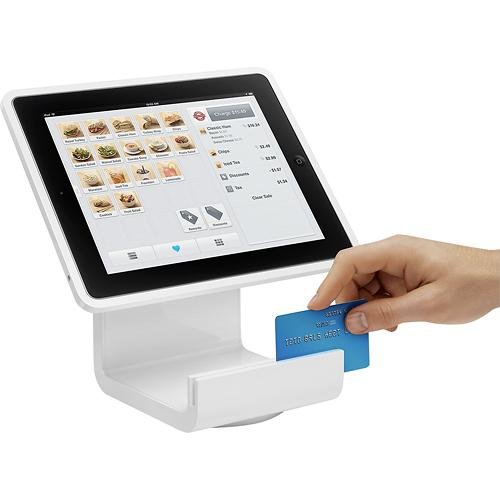
Square A-PKG-0234 Stand for iPad Air
In today’s world, fewer and fewer people carry cash around with them. As the Huffington Post reports, less than a third of all purchases were made with cash, in other words, the vast majority of purchases required a card reader or some other POS technology to process electronic payment. This method is increasingly becoming a part of the small businessman’s repertoire, and, studies show it will only continue into the future. The latest Javelin report, as mentioned by Bank Tech, expects that by 2018, over 5 billion dollars worth of purchases would be made through mobile POS terminals. These terminals are being employed in large amounts by mobile vendors, but they are also seeing increased use in major merchandising chains, restaurants, and other places where businesses are catching onto the personalization trend. The future certainly looks bright for the technology, and it also looks bright for the small businessman who is able to take full advantage of the tools at his or her disposal. After all, technology will only level the playing field if used efficiently and with proper planning and implementation. Thanks to the growing intuitive nature of these products, we should see some experiential evidence coming up soon enough.



